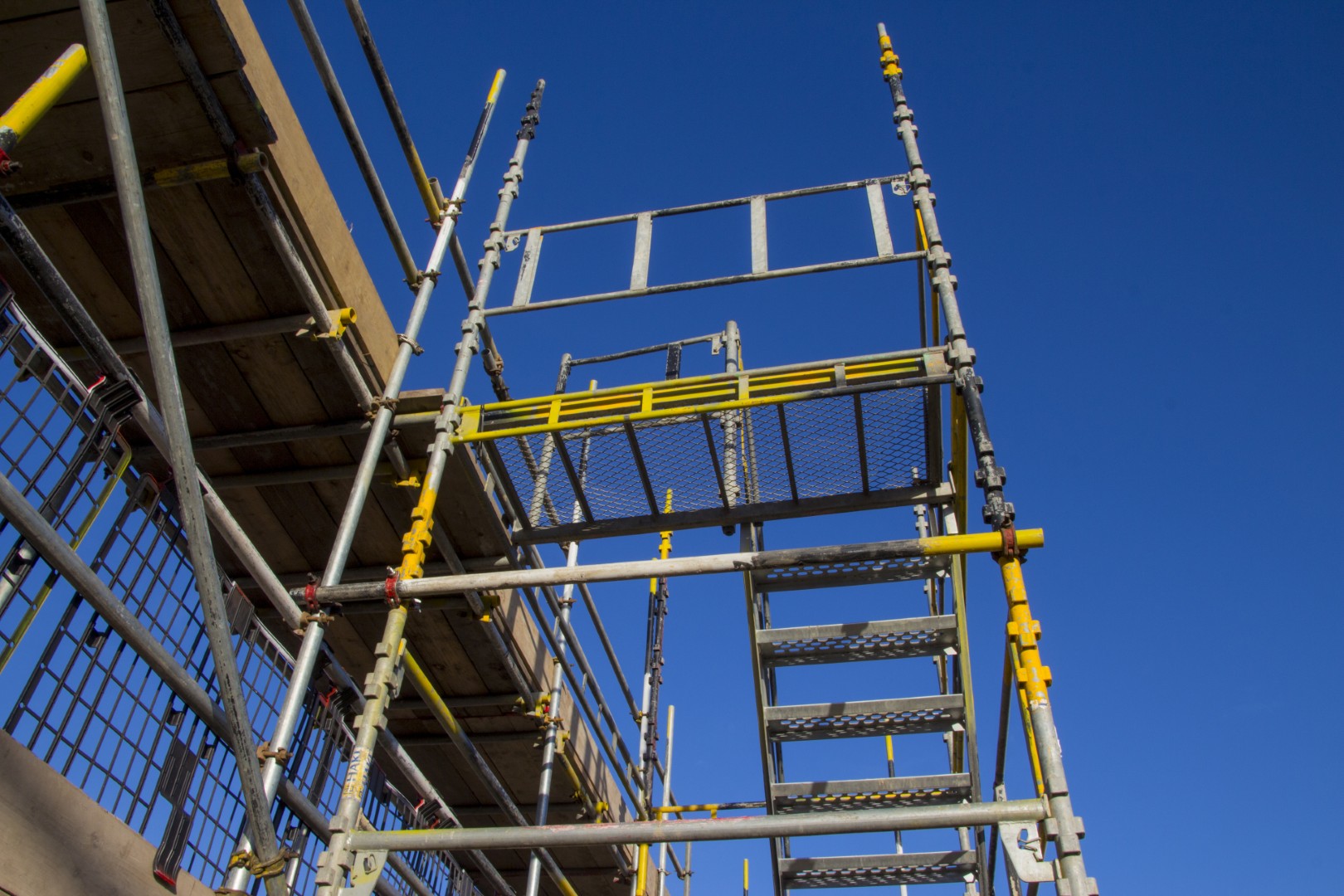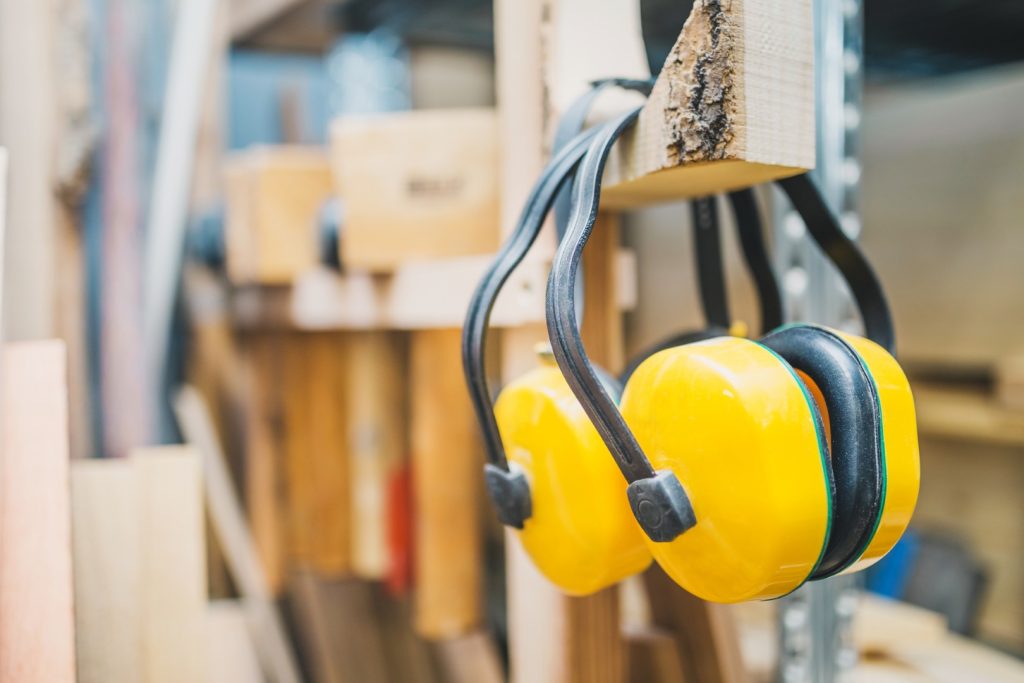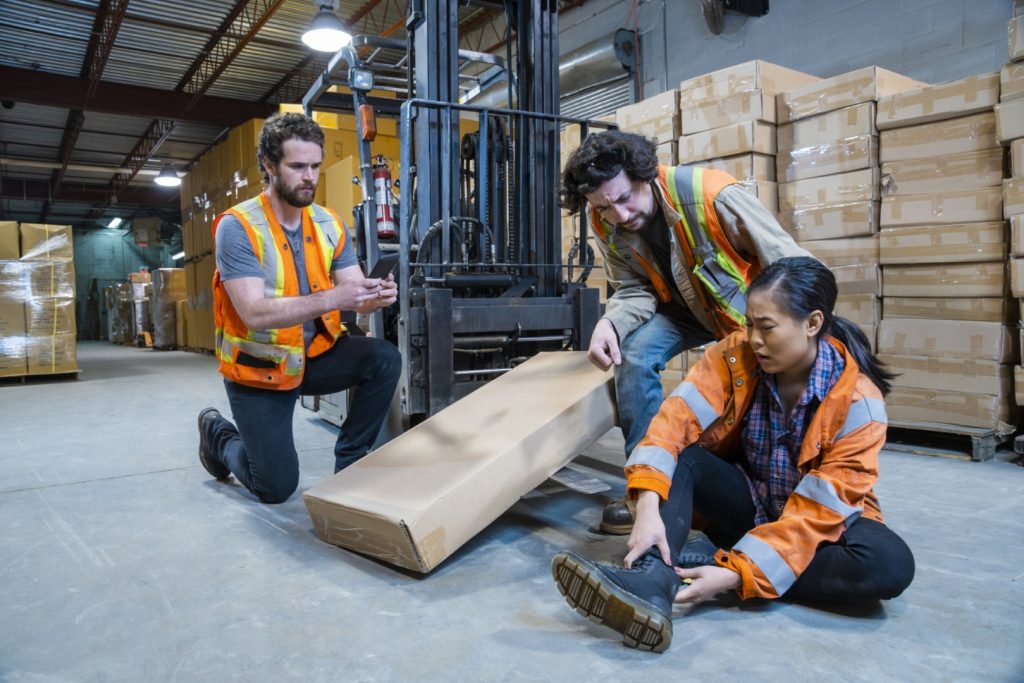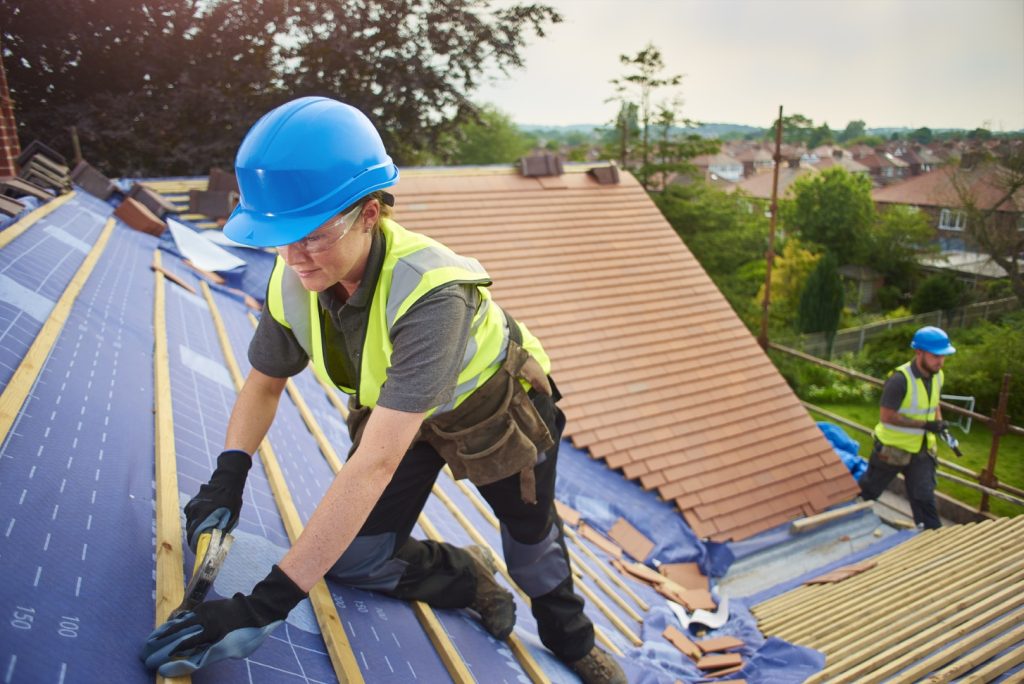legal update / 8th Oct 2025
Work at Height Safety | Fatal Fall from Unguarded Scaffolding Tower
A recent court case serves as a stark reminder that even shortfalls can have devastating consequences — and that neglecting basic work-at-height controls can lead to heavy fines or even imprisonment.
On 23 September 2025, at Bolton Magistrates’ Court, WH Metals Limited and its director were sentenced following the death of a contractor who fell from an unguarded scaffolding tower in Darwen, Lancashire.
The company pleaded guilty under Section 2(1) of the Health and Safety at Work etc. Act 1974 and was fined £45,000 plus £4,826 in costs. The director pleaded guilty under Section 37 and received a 26-week prison sentence, suspended for 12 months.
This sentencing, nearly three years after the incident in November 2022, has reignited discussion around Work at Height Safety and reinforced that even “routine” jobs can carry serious risk.







